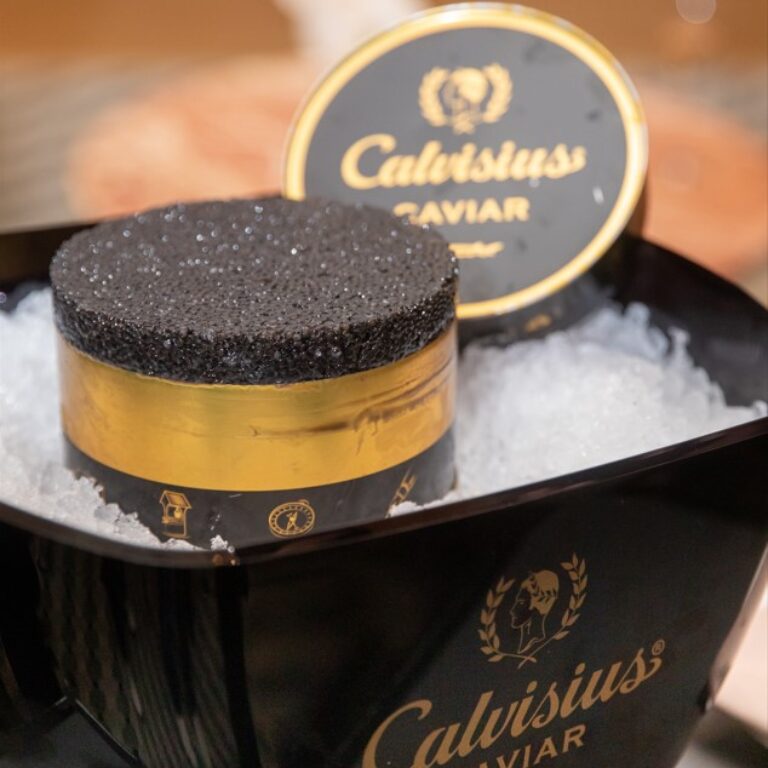
What is Caviar?
Caviar is an excellence product derived exclusively from the roe of fish belonging to the Acipenseridae (sturgeons) family mixed with salt. This is the definition given by the Codex Alimentarius in 2010 to distinguish caviar from all other fish roe, often used as a caviar substitute.
There are 25 species of sturgeons in the world, distributed throughout the northern hemisphere, but only about ten have traditionally been used for the extraction of the roe, which will become caviar after being mixed with salt.
Sturgeon roe needs salt to develop its characteristic aromas. In older times, a high quantity of salt was used to help preserve the product. Today, thanks to the cold chain, we can control the salting of the roe, resulting in a very delicate, elegant caviar that can be enjoyed on its own. Discover the differences between Italian and Russian traditions when it comes to caviar.
The caviar product, and the word itself, have been abused over time, increasingly blurring the concept of caviar. In 2010, the Codex Alimentarius provided a clarification, stating that the food called ‘caviar’ is the product obtained from the roe of fish belonging to the Acipenseridae family i.e. sturgeon.
Given the aura of fascination that this product maintains, over time many caviar substitutes have sprung up, using this very word to elevate the product in the eyes of the consumer. Think of lumpfish, herring or salmon roe, for example, or even spherifications made with vinegar, truffle, herbs.
How come sturgeons are the only ones producing the roe that will go on to become caviar?



